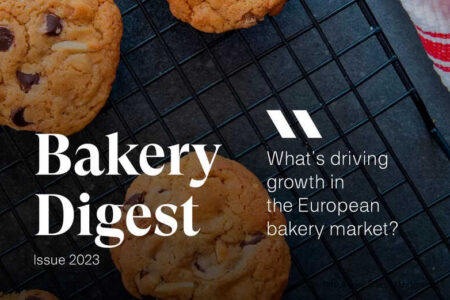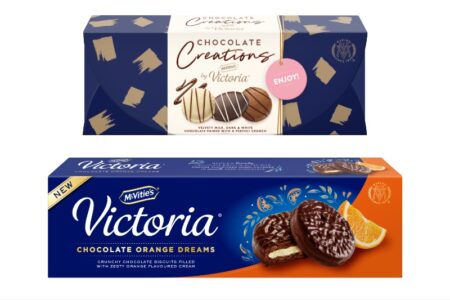European Dairy Association refutes proposed traffic light labelling

The European dairy sector has closely followed the recent discussions on the proposal for a new labelling scheme developed by six international food and drink companies, ‘Evolved Nutrition Label Initiative’ (ENL).
The proposal is an extension of the colour-coded UK traffic light system but with reference values including portions. However, according to the European Dairy Association (EDA), the proposed system includes only the content of fat, saturated fat, sugar and salt and ignores positive nutrients such as protein, vitamins and minerals.
The organisation goes on to say that such a selective approach does not recognise the importance of nutrient-dense foods as recommended in dietary recommendations nor does it help consumers to compose a balanced and varied diet with nutritious foods.
Traffic light-style schemes such as ENL are not in line with the principle of providing “objective and non-discriminatory” food information required by the EU legislation because the introduction of colour-coding is a non-objective judgment of the nutritional quality of products and unnecessarily discriminate certain foods, the EDA says.
In addition, the UK traffic light system has not shown to change the consumer behaviour, and no study so far proves that colour-coded and ‘negative nutrient’ based schemes indeed help to improve public health, as e.g. by reducing obesity, according to the EDA.
EDA secretary general Alexander Anton highlights that it is well established that milk and dairy products are an important part of the dietary guidelines and recommendations across the EU5.
The health benefits of milk and dairy have been continuously recognised in the recently evaluated European School Milk Scheme. In a Western diet, dairy products provide between 40% and 70% of the recommended daily calcium intake. In some member states dairy is also one the main natural sources of iodine in the diet – the intake of iodine from milk and dairy products is up to 37%.
Milk and dairy products are also natural sources of high quality protein and many essential vitamins and minerals. According to the EDA, the proposed ENL scheme as currently presented has not been adapted to acknowledge the nutrient-rich foods and therefore is not adequate to milk and dairy products.
The EDA considers that colour-coded systems, especially those focusing exclusively on nutrients ‘to limit’ and ignoring the overall nutrient contribution of foods, give misleading information to consumers. The ENL scheme has not reached its target of improving the UK traffic light scheme to give consideration of particular nutrition qualities of milk and dairy and therefore the EDA finds it unsuitable for dairy products.
The organisation goes on to say that it also induces confusing messages and possible errors in consumer understanding: a same product in the same shelf can display different results; it will encourage consumption of soft drinks compared to milk, or salted biscuits compared to cheese, and generally encourage more turning to less nutritionally interesting options compared to consumption of wholesome foods.
The EDA stresses that it is aware that there are alternative positive labelling systems which consider the overall nutritional quality of foods in a more balanced way, without harmful discrimination of basic foods. The organisation believes that systems which are worth further discussion and consideration by the interested stakeholders could be the Australian Health Star Rating scheme or Choices International logo, for example.
Anton concludes, “There is seriously something wrong with a scheme where a diet soda drink ranks better than drinking milk.”



